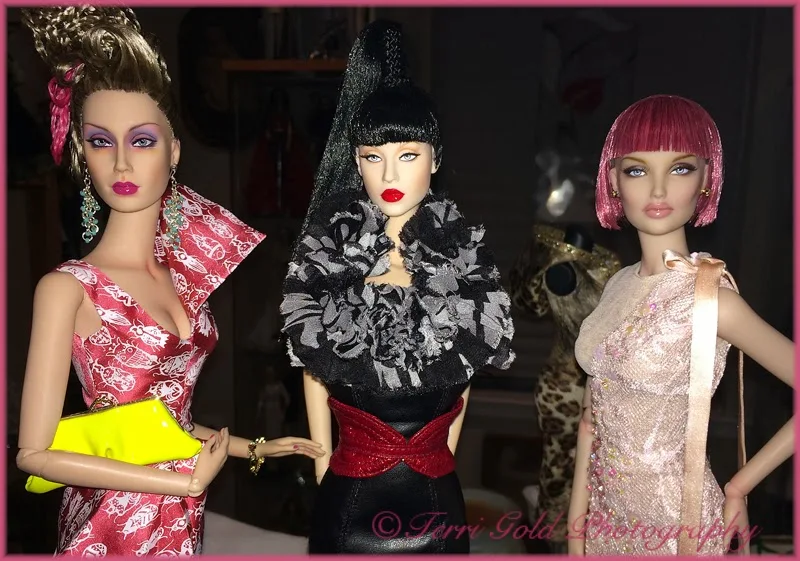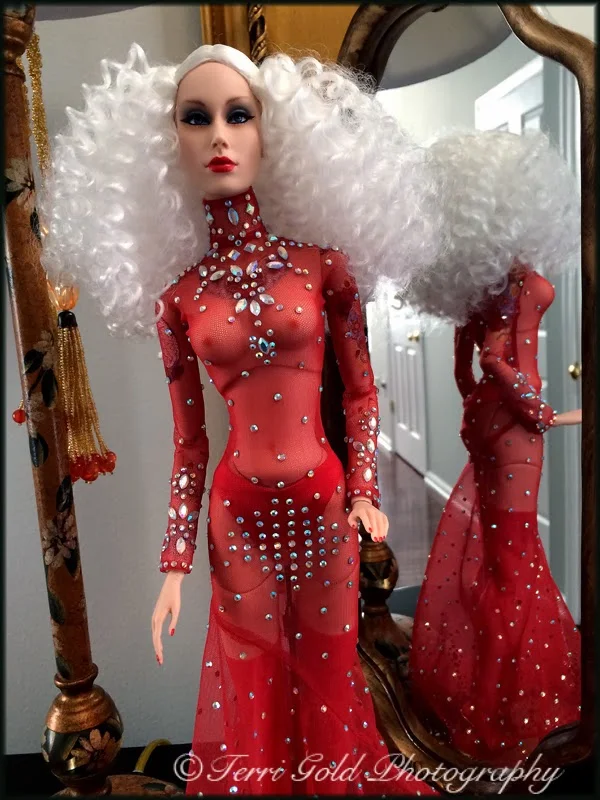Listed on the
amazon.de (Germany) website is this newest Mattel Silkstone, Ducissima.
Once again we see a conglomeration of styles and an overworked ensemble. I want to take things away like the cape and the ruffly bow-tied sleeves. One doesn't know what to look at first because so much is going on.
Individually, some parts are very nice. She is a pretty doll with a lovely face. I can't tell about the hairstyle. I like the boots a lot. They'd look great with a coat or a simpler dress with chunky jewelry. Ditch the purse and gloves and give us big earrings
(after taking away the shirt and cape.)
Bottom line...we've got another hot mess here.
To me she looks more Spanish than Italian. "Matador Sans Red Cape" is what I'd call her. An Italian speaker noted that the name, Ducissima, doesn't mean anything in Italian slang or dialect.
Dulcissima is a Latin adjective. Dolce means sweet in Italian.
It was pointed out by
Dutch Barbie World that this look is inspired by a look from the Dolce & Gabbana Fall/Winter 2012 line. D&G did it much better.
Robert Best's flourishes and changes do not help the fashion at all. I like the D&G look very much and I like the boots on their own..
When I photograph my dolls who have side glancing eyes, I always have their head turned in the direction their eyes are looking. Try it yourself. Glance to one side and turn your head the other way. It's not easy and it's very weird at the same time.
Don't you feel sly?
2/24/14 UPDATE: Her name on-line has been corrected to read Dulcissima.















